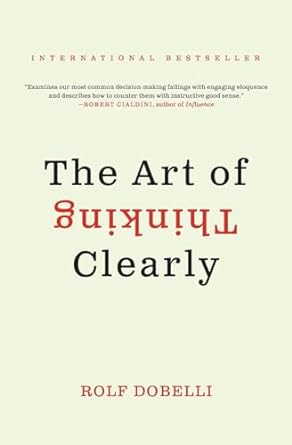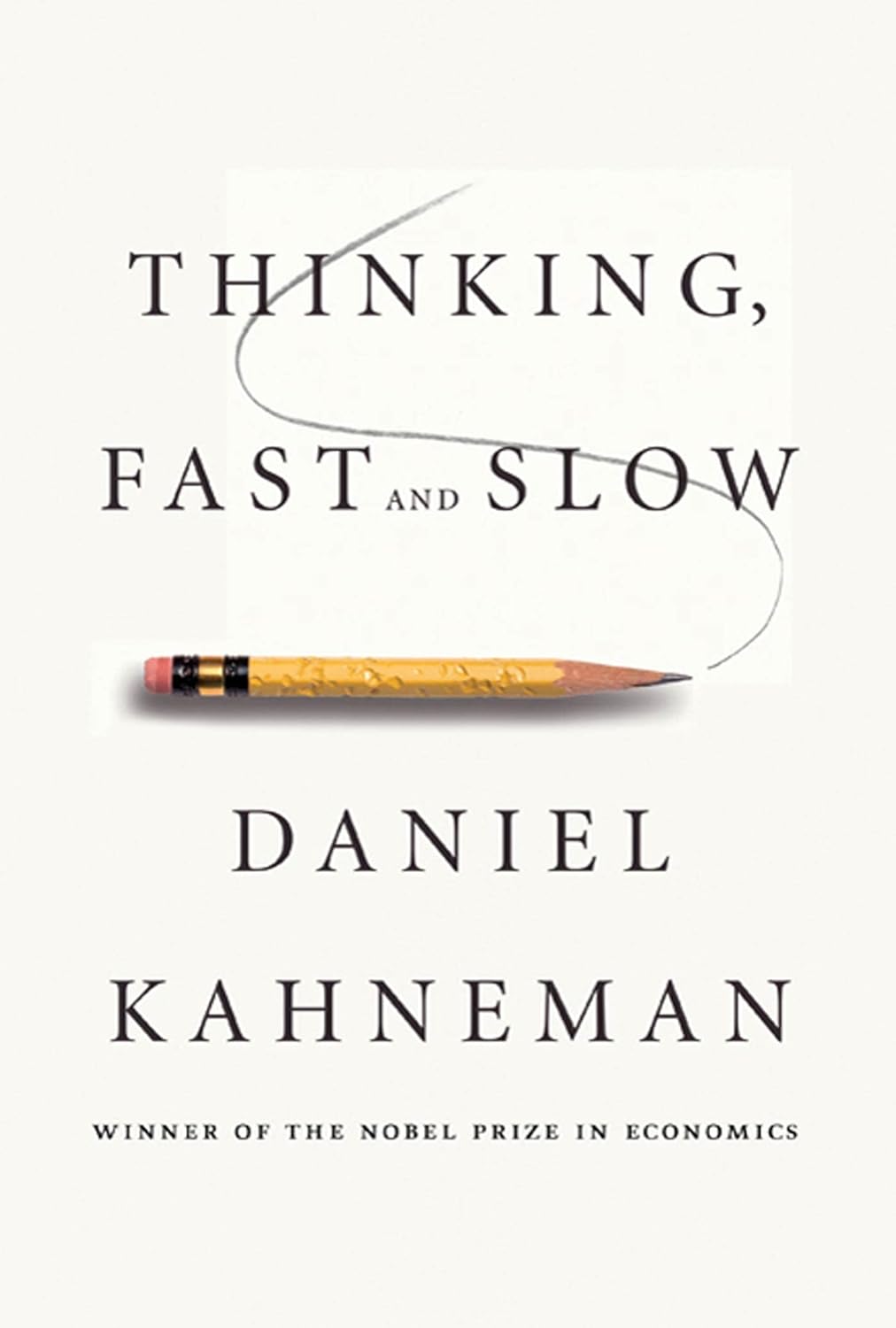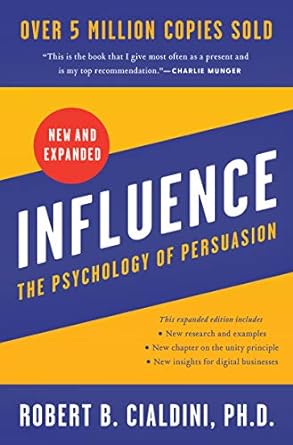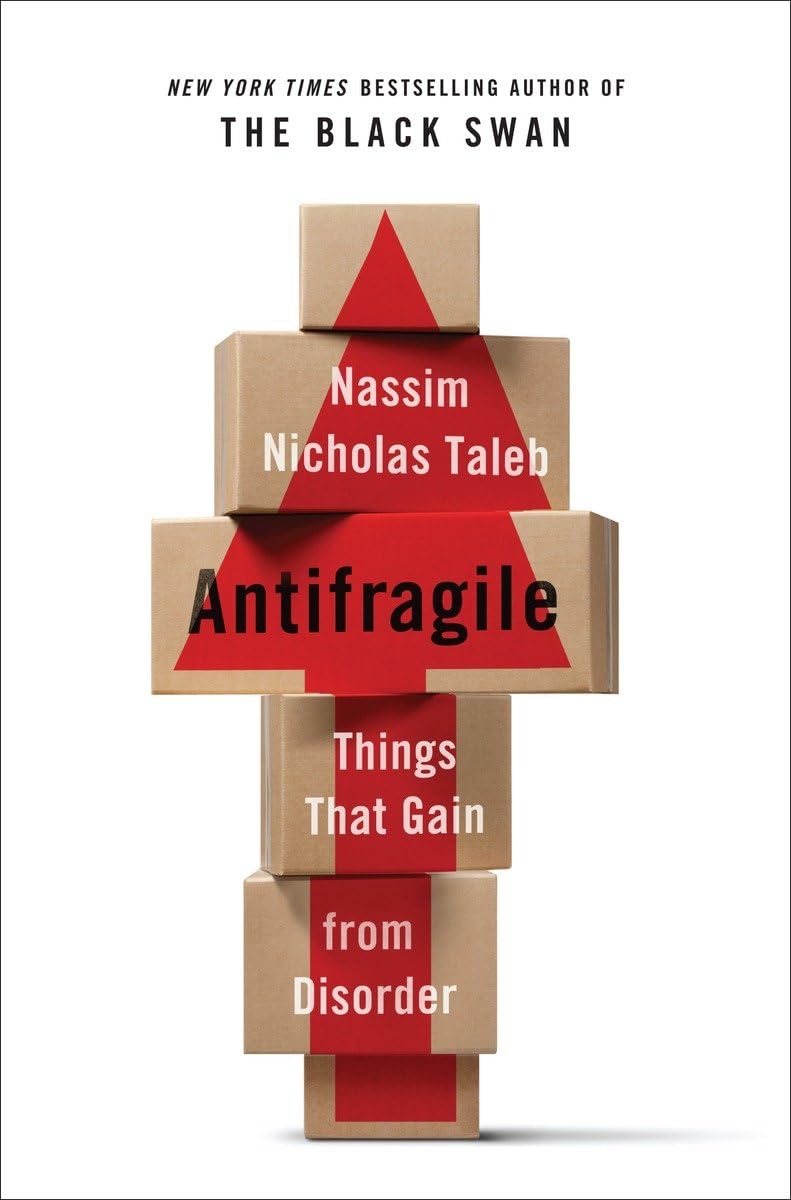Halo Effect
Occurs when we make judgements about something based on an initial observation, piece of information, or opinion that are often unrelated to the judgement being made.
Examples:- Good looking politicians are considered more trustworthy.
- A good looking label makes us believe that the product is higher quality.
Key Insights & Principles
Work & Relationships
Insights:- We regularly make judgements of people and things based on easily observable characteristics, facts, or opinions that often have no correlation with those judgements.
- In focusing on one or a couple of pieces of information we often fail to see the whole picture.
- We are more likely to comply with physically attractive people, and they often have advantages in social or commercial situations.
- Just being the bearer of bad news can have a negative halo effect.
- People are trained or incentivised to present the best side of themselves, which is often misleading.
- Be aware of the Halo Effect when making judgements: dig deeper in analysis, and factor out the most striking features.
- Use the Halo Effect to your advantage: first impressions count, spend time on attractive branding.








